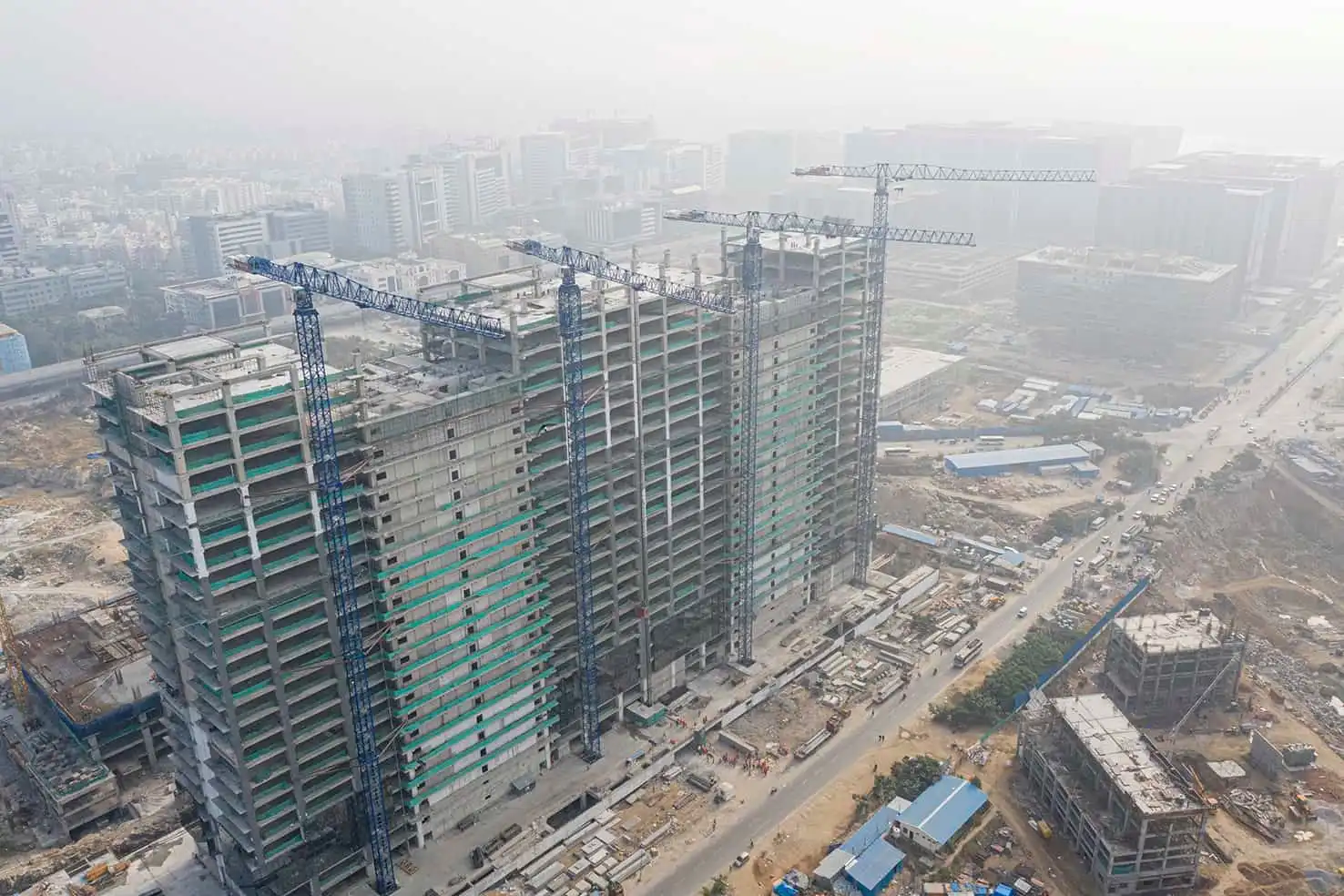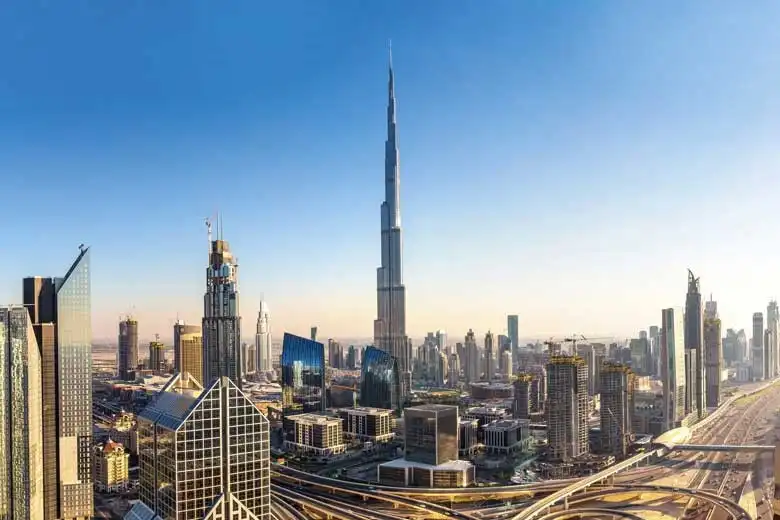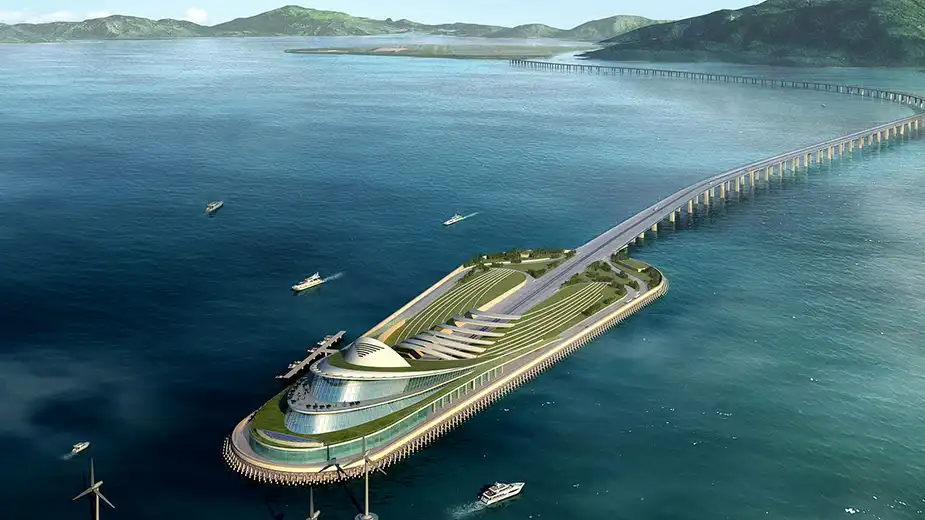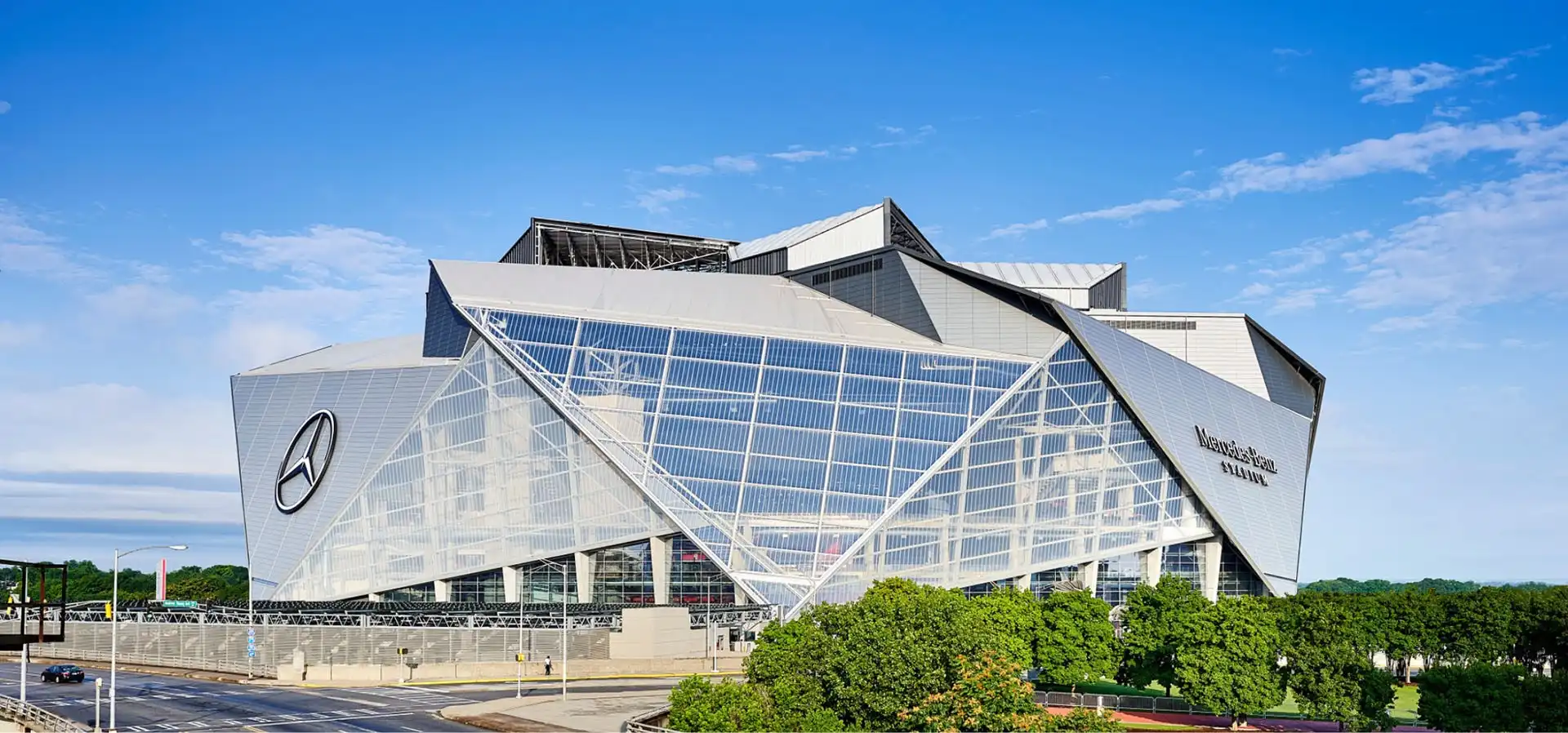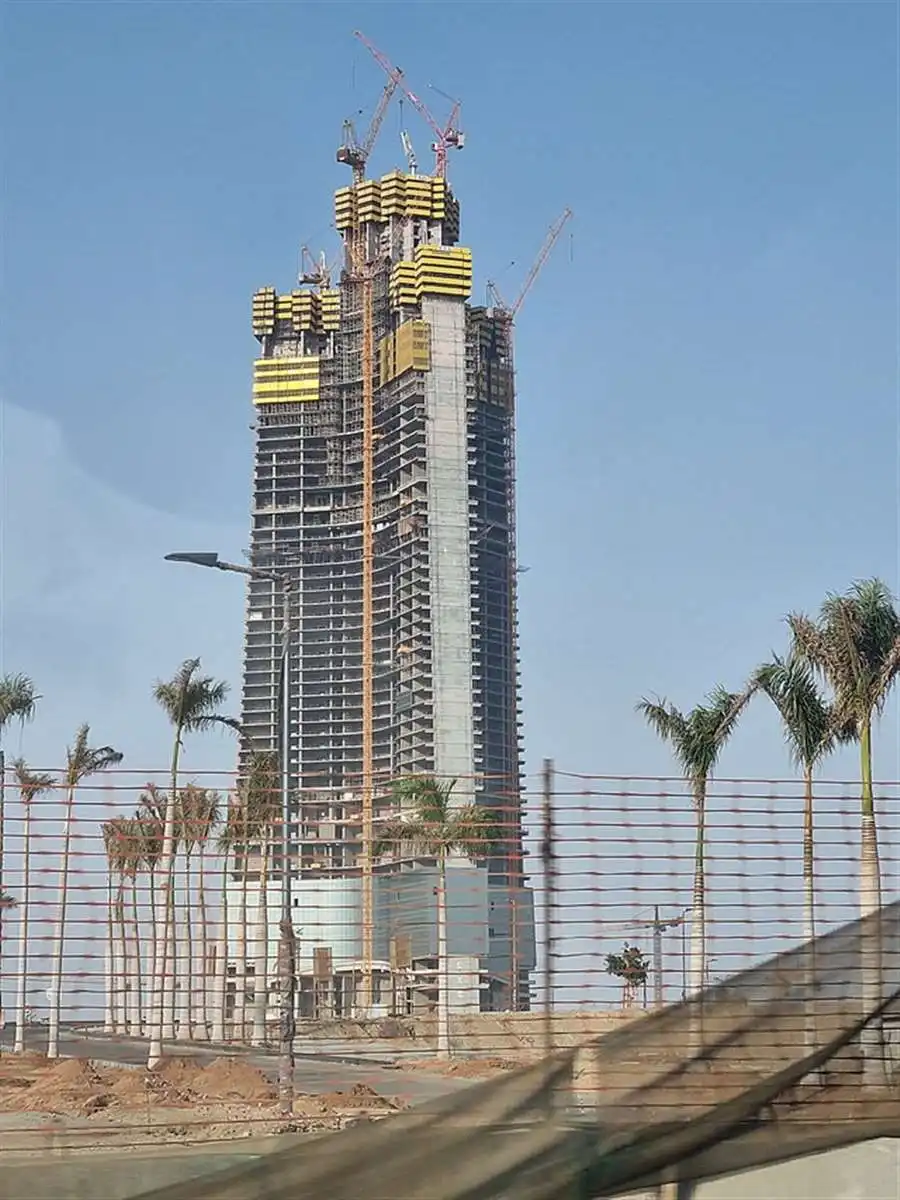Precast concrete has been a game changer in the construction industry due to its versatility, speed, and cost-effectiveness. It allows for the creation of complex structures in a controlled factory environment, ensuring high quality and precision. Over the years, many large-scale structures around the world have been built using precast concrete, ranging from bridges to stadiums and even entire cities. In this article, we explore some of the largest and most impressive precast concrete structures in the world.
-
The Burj Khalifa (Dubai, UAE)
Standing at a height of 828 meters, the Burj Khalifa is the tallest building in the world. While the primary material used for its construction is reinforced concrete, a significant portion of the structure was built using precast concrete components. The use of precast concrete was vital for the speed of construction, especially for the tower’s core and floors.
The precast concrete elements used in the Burj Khalifa include floor slabs, cladding panels, and staircases. The use of these pre-manufactured components allowed the construction team to achieve a faster turnaround time and improved quality control. The massive scale of the project, combined with the intricate design, makes the Burj Khalifa an iconic example of how precast concrete can be used in high-rise construction.
-
The Hong Kong-Zhuhai-Macau Bridge (China)
The Hong Kong-Zhuhai-Macau Bridge, one of the longest sea-crossing bridges in the world, is an engineering marvel that spans a total of 55 kilometers. This colossal infrastructure project involved extensive use of precast concrete in its construction.
The bridge comprises multiple segments, each made from massive precast concrete units. The precast method was chosen to enhance the efficiency of the construction, particularly for the bridge’s underwater tunnel and support structures. Prefabricating the concrete units off-site and assembling them on location not only sped up the construction process but also reduced costs and minimized the environmental impact.
This bridge is a key example of how precast concrete can be used to construct large-scale infrastructure projects in challenging environments, such as deep-sea crossings and underwater tunnels.
-
The Oresund Bridge (Denmark-Sweden)
The Oresund Bridge is a combined road and rail bridge that connects Denmark and Sweden across the Oresund Strait. The bridge spans over 8 kilometers and is one of the most famous precast concrete projects in Europe.
The Oresund Bridge uses precast concrete for the construction of its support piers and foundation structures, as well as the sections of the bridge itself. Precasting was a crucial technique to ensure that the bridge could be built efficiently in harsh environmental conditions, including strong winds and challenging marine conditions.
This massive structure was completed in just a few years, largely due to the use of precast concrete, which enabled the rapid production of its components in specialized factories.
- The Mercedes-Benz Stadium (Atlanta, USA)
The Mercedes-Benz Stadium, home to the NFL’s Atlanta Falcons and Major League Soccer’s Atlanta United, is one of the most technologically advanced sports stadiums in the world. Opened in 2017, the stadium features a unique retractable roof and can hold over 71,000 spectators.
Precast concrete was used extensively in the construction of the stadium’s seating bowls, support structures, and exterior cladding. The use of precast allowed for greater design flexibility and faster assembly on-site. The stadium’s massive size and intricate design made precast concrete an ideal solution to meet both structural and aesthetic requirements.
By using precast components, the construction team was able to reduce labor costs, streamline the construction process, and ensure superior quality control.
-
The Al-Masjid al-Haram Expansion (Mecca, Saudi Arabia)
The Al-Masjid al-Haram, also known as the Grand Mosque, is the largest mosque in the world and one of the most significant religious sites in Islam. As part of its extensive expansion project to accommodate millions of pilgrims during the Hajj, large portions of the mosque’s new facilities were constructed using precast concrete.
The precast concrete elements used in the Al-Masjid al-Haram expansion included massive support beams, flooring systems, and facade panels. The use of precast concrete enabled faster construction of the mosque’s vast expansion while maintaining the required structural strength and durability. The mosque’s new structures were designed to withstand the intense environmental conditions of the region, and precast concrete proved to be an excellent material choice for this purpose.
-
The Jeddah Tower (Jeddah, Saudi Arabia)
Currently under construction, the Jeddah Tower is set to become the tallest building in the world, surpassing the Burj Khalifa. Standing at over 1,000 meters tall, the tower will feature cutting-edge construction techniques, including the use of precast concrete in key structural elements. Precast concrete is being used for the tower’s core, floor slabs, and external cladding. The massive scale of the project, combined with its ambitious timeline, makes the use of precast concrete a crucial factor in ensuring the construction progresses efficiently. The Jeddah Tower is poised to be an iconic example of how modern construction materials like precast concrete can be utilized in the creation of super-tall buildings.
Precast concrete has proven to be an invaluable material for the construction of some of the world’s largest and most impressive structures. From towering skyscrapers to vast infrastructure projects, precast concrete allows for faster construction, improved quality control, and cost savings. As technology continues to advance, the use of precast concrete will undoubtedly remain a crucial component in the development of future mega-projects across the globe.

